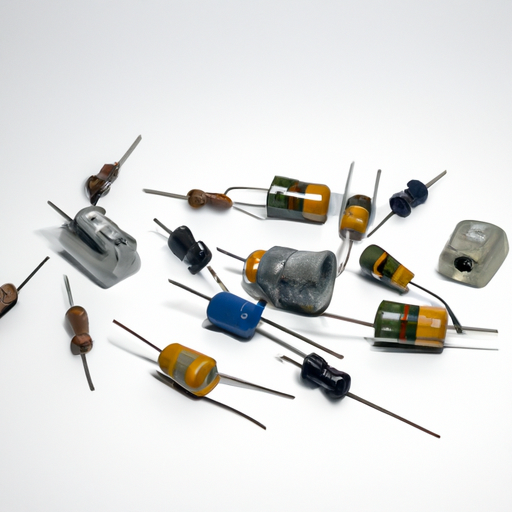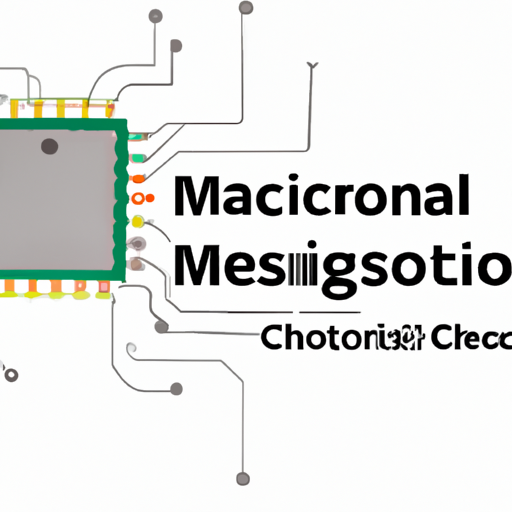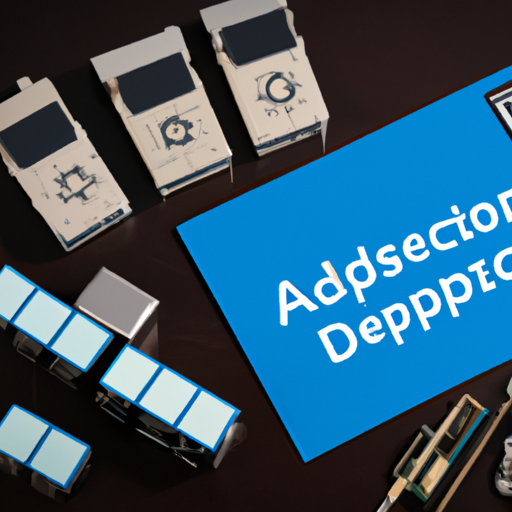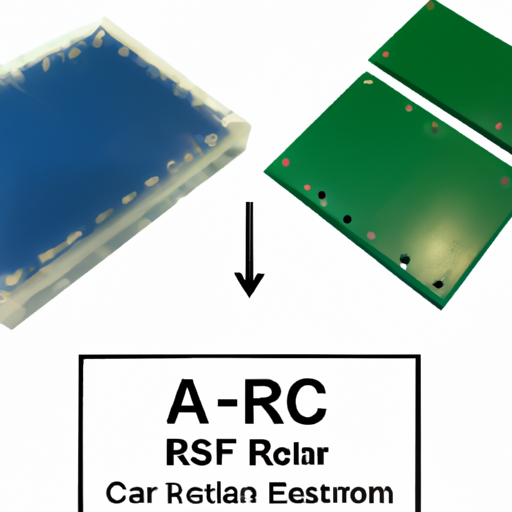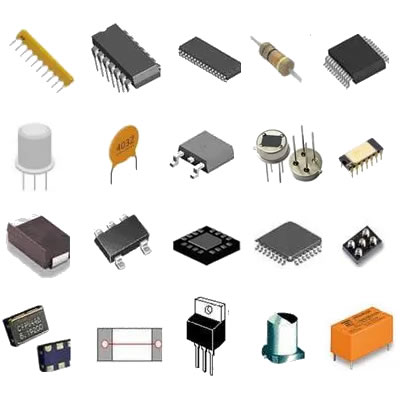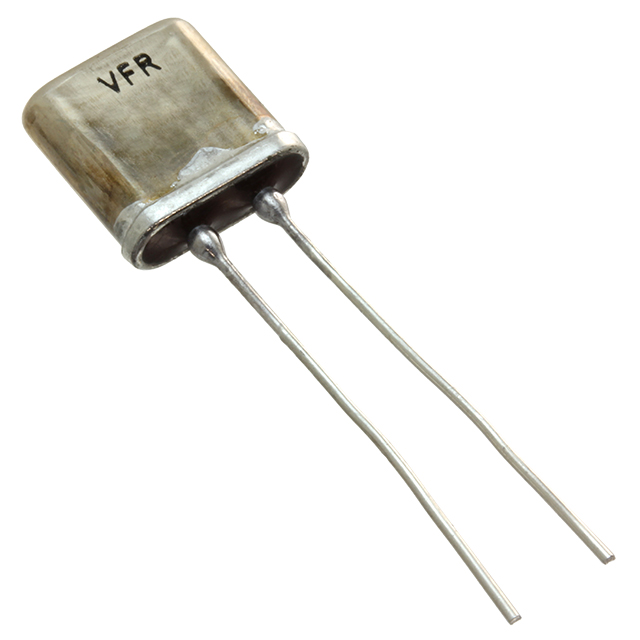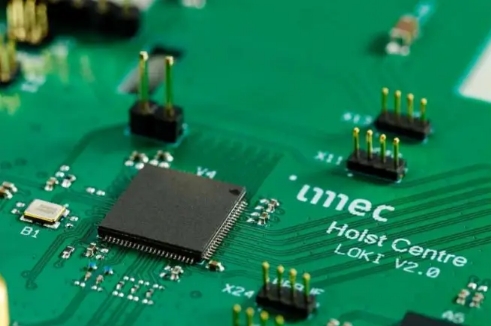What are the popular models of capacitor c?
What are the Popular Models of Capacitor C?
I. Introduction
Capacitors are fundamental components in electronic circuits, playing a crucial role in energy storage, filtering, and signal processing. They are passive electrical devices that store energy in an electric field, allowing them to release that energy when needed. This blog post aims to explore the various popular models of capacitors, their characteristics, applications, and the future trends in capacitor technology.
II. Basics of Capacitors
A. How Capacitors Work
Capacitors operate on the principle of charge storage. When a voltage is applied across the terminals of a capacitor, an electric field is created, causing positive and negative charges to accumulate on opposite plates. The ability of a capacitor to store charge is quantified by its capacitance, measured in farads (F). Capacitance is defined as the ratio of the electric charge stored to the voltage across the capacitor.
B. Types of Capacitors
Capacitors can be categorized into two main types: polarized and non-polarized. Polarized capacitors, such as electrolytic capacitors, have a specific positive and negative terminal and must be connected correctly in a circuit. Non-polarized capacitors, like ceramic capacitors, can be connected in either direction. Additionally, capacitors can be fixed, with a set capacitance value, or variable, allowing for adjustable capacitance.
III. Popular Capacitor Models
A. Ceramic Capacitors
**Description and Construction:**
Ceramic capacitors are made from ceramic materials and are widely used due to their small size and low cost. They consist of two conductive plates separated by a ceramic dielectric.
**Applications and Advantages:**
These capacitors are commonly used in high-frequency applications, such as RF circuits and decoupling applications, due to their low equivalent series resistance (ESR) and high stability. They are also available in various capacitance values and voltage ratings.
**Limitations:**
Ceramic capacitors can exhibit capacitance changes with temperature and voltage, which may not be suitable for precision applications.
B. Electrolytic Capacitors
**Description and Construction:**
Electrolytic capacitors are polarized capacitors that use an electrolyte as one of the plates. They typically have a larger capacitance value compared to other types.
**Applications and Advantages:**
These capacitors are widely used in power supply circuits for smoothing and filtering applications due to their high capacitance and voltage ratings. They are also relatively inexpensive.
**Limitations:**
Electrolytic capacitors have a limited lifespan and can fail if subjected to reverse polarity or excessive voltage.
C. Tantalum Capacitors
**Description and Construction:**
Tantalum capacitors are similar to electrolytic capacitors but use tantalum metal as the anode. They are known for their stable capacitance and voltage ratings.
**Applications and Advantages:**
These capacitors are used in applications requiring high reliability, such as in military and aerospace electronics. They offer a compact size and high capacitance in a small package.
**Limitations:**
Tantalum capacitors can be expensive and are sensitive to voltage spikes, which can lead to catastrophic failure.
D. Film Capacitors
**Description and Construction:**
Film capacitors use a thin plastic film as the dielectric material. They are available in various types, including polyester, polypropylene, and polycarbonate.
**Applications and Advantages:**
Film capacitors are known for their excellent stability, low ESR, and high insulation resistance. They are commonly used in audio applications, timing circuits, and power electronics.
**Limitations:**
While film capacitors are reliable, they tend to be larger and more expensive than ceramic or electrolytic capacitors.
E. Supercapacitors
**Description and Construction:**
Supercapacitors, also known as ultracapacitors, are energy storage devices that bridge the gap between traditional capacitors and batteries. They store energy through electrostatic double-layer capacitance.
**Applications and Advantages:**
Supercapacitors are used in applications requiring rapid charge and discharge cycles, such as in regenerative braking systems and energy storage for renewable energy sources. They have a high power density and long cycle life.
**Limitations:**
Despite their high capacitance, supercapacitors have a lower energy density compared to batteries, making them unsuitable for long-term energy storage.
F. Mica Capacitors
**Description and Construction:**
Mica capacitors use natural mica as the dielectric material. They are known for their stability and reliability.
**Applications and Advantages:**
These capacitors are often used in high-frequency applications, RF circuits, and precision timing applications due to their low loss and high stability.
**Limitations:**
Mica capacitors can be expensive and are typically available in lower capacitance values compared to other types.
G. Aluminum and Tantalum Polymer Capacitors
**Description and Construction:**
Aluminum and tantalum polymer capacitors use conductive polymer as the electrolyte, offering advantages over traditional electrolytic capacitors.
**Applications and Advantages:**
These capacitors provide low ESR, high ripple current capability, and improved reliability. They are used in power supply circuits and portable electronics.
**Limitations:**
While they offer many benefits, polymer capacitors can be more expensive than standard electrolytic capacitors.
IV. Comparison of Capacitor Models
When selecting a capacitor for a specific application, several factors must be considered:
A. Capacitance Range
Different capacitor types offer varying capacitance ranges. For instance, electrolytic capacitors can provide high capacitance values, while ceramic capacitors are available in lower ranges.
B. Voltage Ratings
Capacitors have specific voltage ratings that indicate the maximum voltage they can handle. Exceeding this rating can lead to failure. Tantalum capacitors, for example, have strict voltage limits.
C. Temperature Stability
Temperature stability is crucial for applications requiring consistent performance. Film and mica capacitors generally offer better temperature stability compared to ceramic capacitors.
D. Size and Form Factor
The physical size of the capacitor can impact circuit design. Ceramic capacitors are typically smaller, while electrolytic capacitors can be bulkier.
E. Cost Considerations
Cost is always a factor in component selection. Ceramic and electrolytic capacitors are generally more affordable, while tantalum and film capacitors can be pricier.
V. Applications of Capacitors
Capacitors find applications in various fields, including:
A. Power Supply Circuits
Capacitors are essential in power supply circuits for filtering and smoothing voltage fluctuations, ensuring stable operation.
B. Signal Processing
In signal processing, capacitors are used for coupling and decoupling signals, allowing for better signal integrity and performance.
C. Timing Applications
Capacitors are integral to timing circuits, where they work with resistors to create time delays in electronic systems.
D. Energy Storage Systems
Supercapacitors and other high-capacity models are increasingly used in energy storage systems, providing quick bursts of energy when needed.
VI. Future Trends in Capacitor Technology
As technology advances, capacitor technology is also evolving:
A. Advancements in Materials
Research into new dielectric materials is ongoing, aiming to improve capacitance, voltage ratings, and overall performance.
B. Miniaturization and Integration
The trend towards smaller electronic devices is driving the miniaturization of capacitors, leading to the development of integrated capacitor solutions.
C. Environmental Considerations
With growing environmental concerns, manufacturers are exploring eco-friendly materials and production methods to reduce the environmental impact of capacitors.
VII. Conclusion
Capacitors are vital components in modern electronics, with various models available to suit different applications. From ceramic and electrolytic to supercapacitors and film capacitors, each type has its unique characteristics, advantages, and limitations. As technology continues to advance, the future of capacitor technology looks promising, with innovations in materials and design paving the way for more efficient and reliable electronic systems.
VIII. References
1. "Capacitors: Principles and Applications" - Academic Journal
2. "The Role of Capacitors in Electronic Circuits" - Electronics Magazine
3. "Advancements in Capacitor Technology" - IEEE Transactions on Industrial Electronics
4. "Understanding Capacitor Types and Their Applications" - Electronics Tutorials
5. "Future Trends in Capacitor Technology" - Journal of Electronic Materials
This comprehensive overview of popular capacitor models provides a solid foundation for understanding their roles in electronic circuits and the ongoing developments in capacitor technology.

